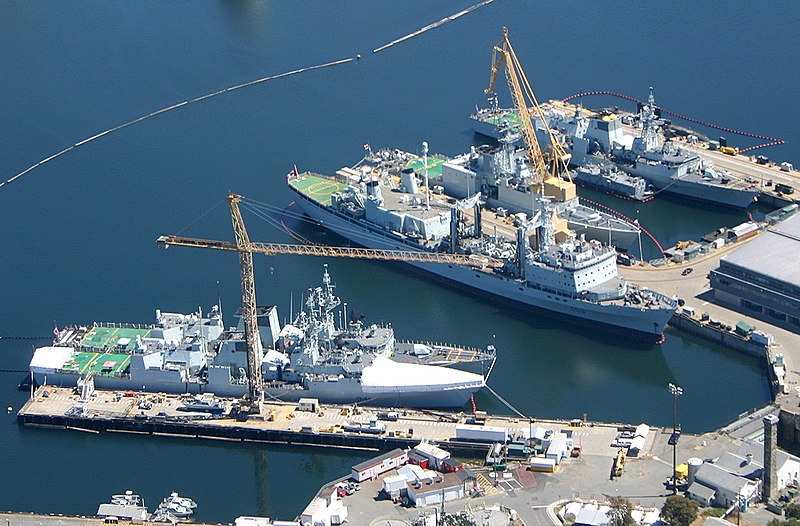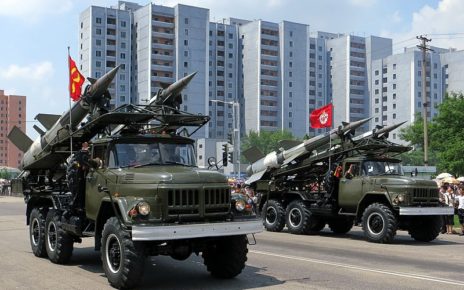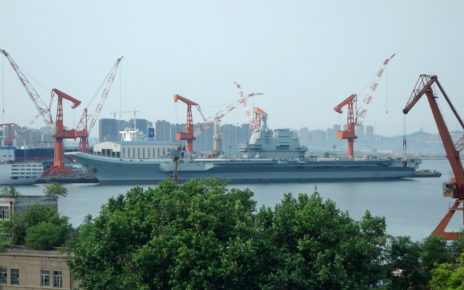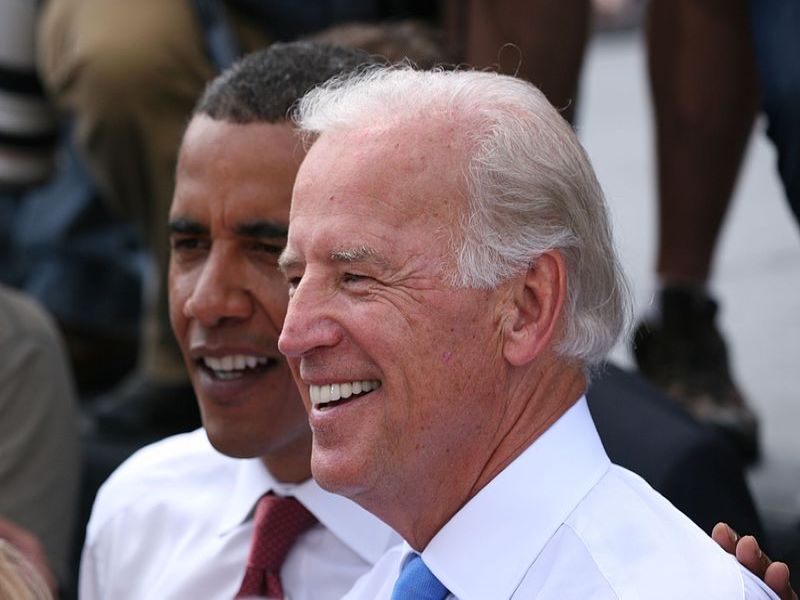Canada has recently published its long-awaited Indo-Pacific Strategy (IPS), which provides a comprehensive roadmap for managing opportunities and mitigating threats in the region. There are plenty of each: the opportunities to increase trade, bilateral foreign direct investment (FDI), and “person-to-person” connectivity (i.e., educational exchanges or cultural programs) are extensive across the theatre. Similarly, however, the threats to local stability – whether from China’s increasing disregard for the rules-based international order, or North Korea’s nuclear provocations, or India’s uncertain border disputes – are numerous and multifaceted. At its heart, then, the IPS demonstrates that Canada needs to act constructively to maintain an awareness of these issues, and that any response must necessarily incorporate a variety of perspectives and actors (military, political, cultural, economic), as there is no universal policy for such a disparate region.
However, while the strategy is welcome in turning Canada’s attention to an area of growing importance in world affairs, in terms of interests, the IPS remains vague on objective metrics for success. Increasing Canada’s presence in the region through the use of military, economic, or cultural ties is a good way to benefit Canada, but what are Canada’s interests in the region? The IPS offers some useful ideas across the region – increasing engagement in the G7; an increased presence coordinating with ASEAN; greater cultural ties through increased economic and education visa programs – but it does not establish a relationship between objective and policy. Indeed, these are not new objectives: the emphasis on alliances and multilateral solutions to ongoing challenges has been standard Canadian policy since at least the end of the Second World War; support for bilateral investment opportunities has also been policy priority for a similarly long time.
For instance, in promoting “strategic resiliency,” the IPS calls for Canada to “increase…military engagement and intelligence capacity [and to] deploy additional military assets and increase its investments in border and cyber security.” These are welcome steps to protect Canadian interests, but the Canadian Armed Forces (CAF) may not have the additional capacity in equipment or personnel to provide additional support in such a large theatre. Naval and air assets, for instance, are already generally tasked with specific ongoing missions, and CAF operations in the Indo-Pacific would rely heavily on the navy.
Militarily, the size of the CAF footprint in the Indo-Pacific is quite small. Naval assets from the Pacific Fleet (MARPAC) are limited to just thirteen surface ships and two submarines for combat or force projection, not including auxiliary units such as shore-based aircraft. To assert an increased security presence in this region, then, would likely require a redeployment of resources and ships from the Canadian Atlantic Fleet (MARLANT).
This, however, is not without problems. Major MARLANT units, such as the Halifax-class frigates, are often tasked for participation in NATO’s Standing Maritime Group patrols, which may last up to a year in duration. Furthermore, Kingston-class ships are perennially visible in the Caribbean as part of Operation CARIBBE, which interdicts suspected drug smugglers in the Gulf of Mexico and Caribbean Sea. Re-tasking these units is possible but would negatively impact Canada’s participation in these operations. It is not enough, therefore, simply to state that more military assets would be provided, without detailing how and why these would be used.
The use of such assets requires a comprehensive set of objectives as well as a plan to achieve them. While the IPS lists many useful objectives, from coordinating with allies and partners, to enhancing trade and economic activity, the step-by-step process for enhancing Canadian interests, from implementation to successful accomplishment, is often missing altogether. To compare, the US’ own Indo-Pacific Strategy (USIPS) is much more specific in its tone. In discussing improving military cooperation within the region, the USIPS notes that “finding new opportunities to link our defense industrial bases, integrating our defense supply chains, and co-producing key technologies that will shore up our collective military advantages is a key necessity.” The level of cooperation and integration here is a means to an end: securing defence-industrial bases will allow the US to more easily defend Taiwan in the event of a Chinese invasion. Indeed, with the US turning its attention to the region via new security architecture (the “Quad”, AUKUS), and devoting more military and financial resources into securing its own interests, Canada’s IPS appears small-scale and rather limited in what it can achieve.
The IPS would be more effective if it provided a niche or specific area of maneuver for Canada. Canada cannot compete with large powers such as China, Russia, or the US. It should, however, leverage its soft power in other ways, most usefully by returning to its role as an “honest broker” in the region through the creation or reinforcement of diplomatic architecture to resolve disputes or conflicts. As conflict and competition intensify in the region, and with the UN perceived as being outdated or unrepresentative of the region, new forums for cooperation or resolution will be required, especially to handle complex problems. Canada should continue its military and financial contributions to local alliances, but perhaps focus more on leveraging its traditional strengths as a diplomatic broker – as it did with the creation of the 1997 Ottawa Treaty banning global landmine use.
Thus, the role of the IPS is perhaps best viewed as the opening of a dialogue on Canada’s future role in the region. It indicates areas where Canadian participation must be improved – trade, military alliances, and cultural contacts – but the absence of metrics or criteria for success invites ideas from government departments, private institutions, NGOs, or other actors to tailor policy implementation to specific states, conditions, or alliances. The IPS, therefore, is a work in progress, and will itself likely change as conditions in the Indo-Pacific become clearer and better understood in the coming years.
Photo: ‘Cfb-esquimalt-aerial-view’ by IDuke, 28 February 2006. Licensed by Creative Commons via License CC-BY 2.5 SA.
Disclaimer: Any views or opinions expressed in articles are solely those of the authors and do not necessarily represent the views of the NATO Association of Canada.




